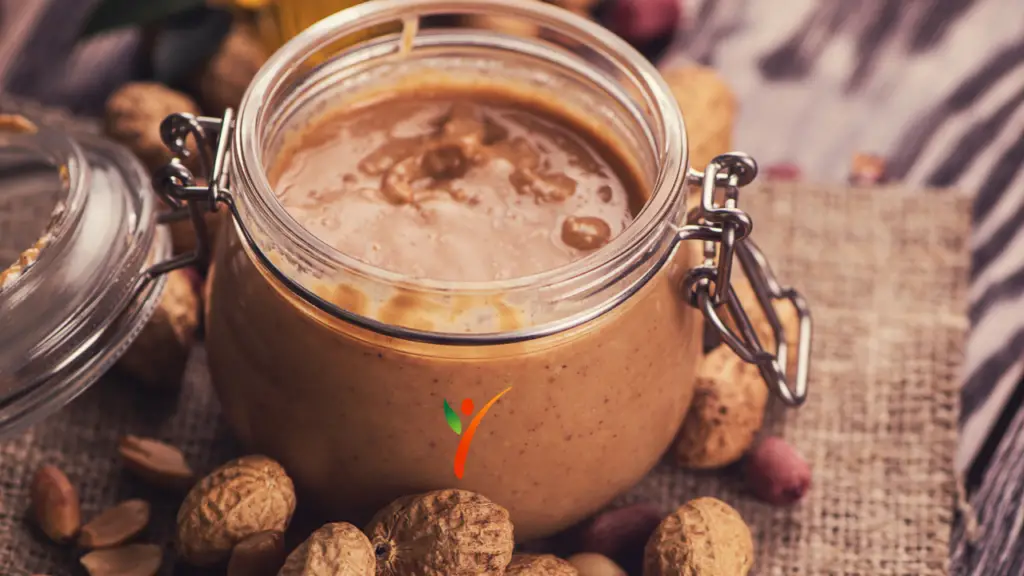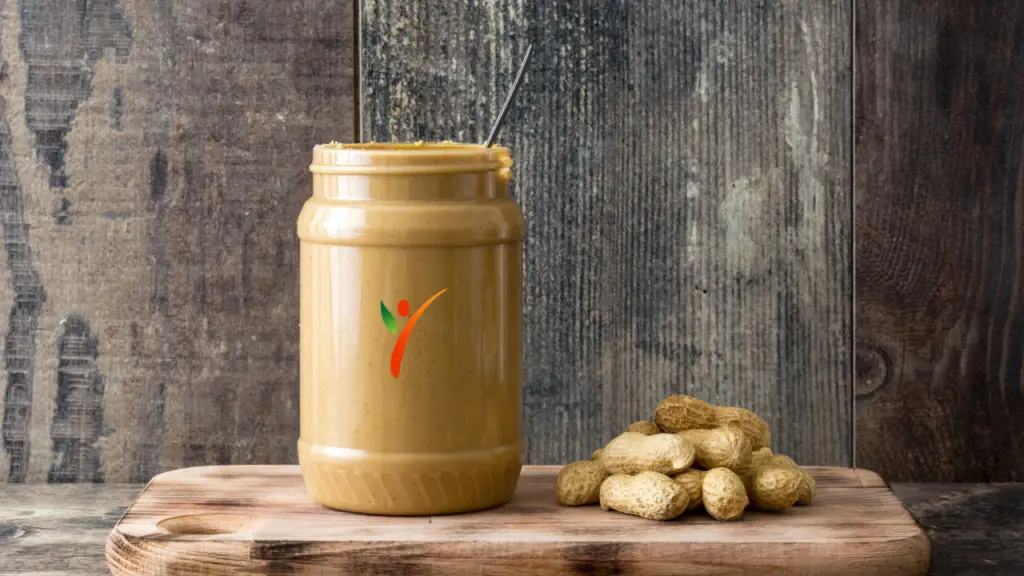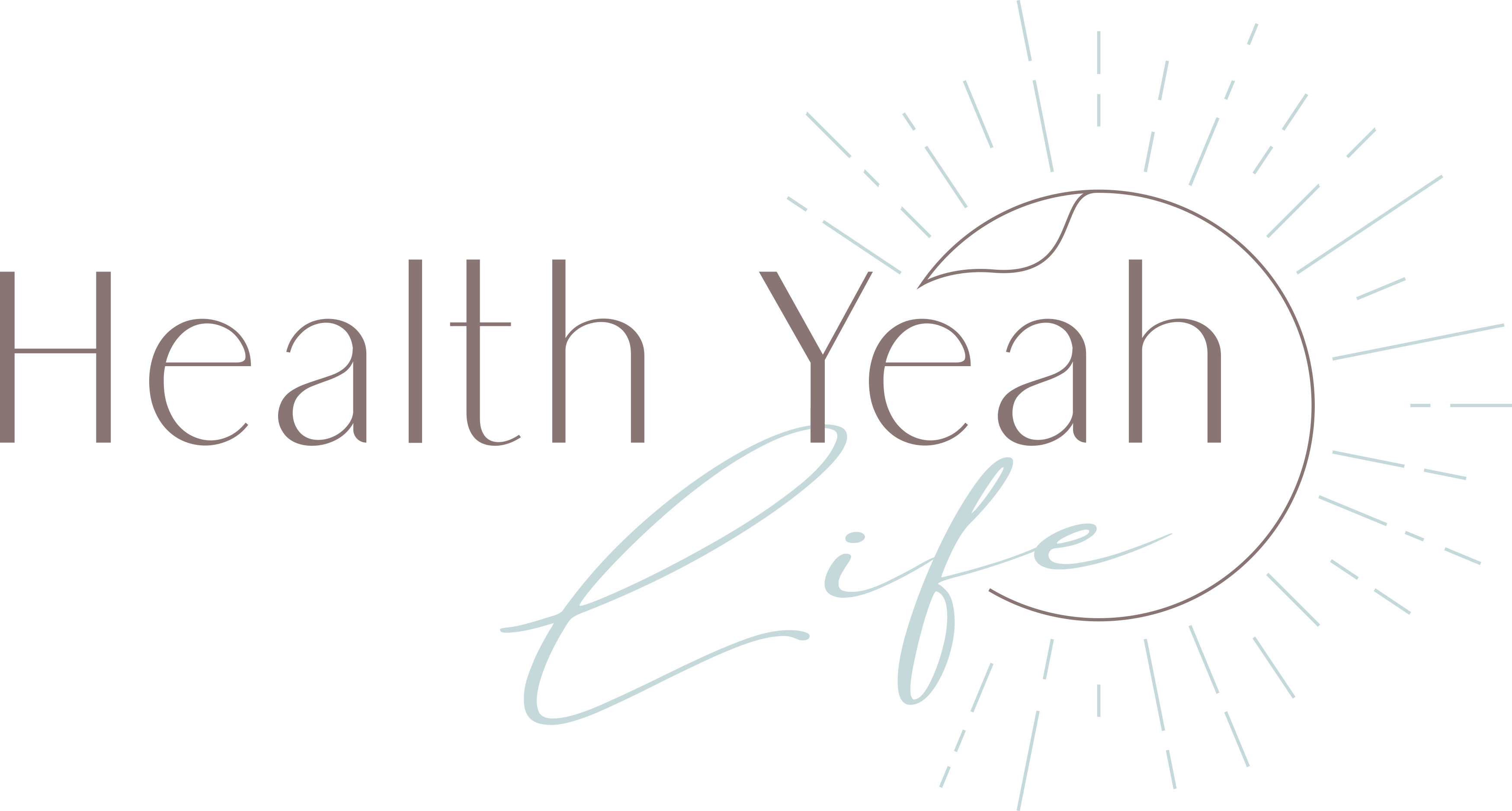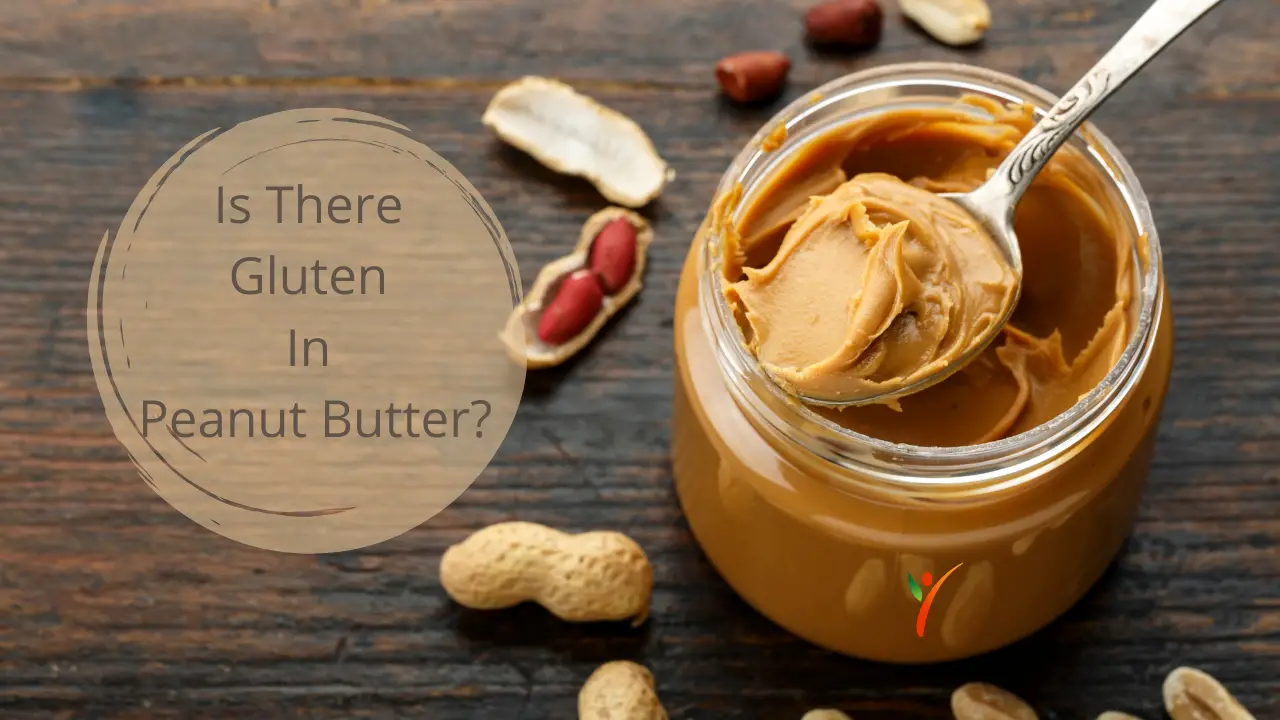It might come as a surprise, but peanut butter isn't technically a tree nut at all! Peanut butter is classified as a legume. But one thing is definite; no breakfast table is complete without a jar of peanut butter on display. Oh, and let's not forget; the classic peanut butter and jelly sandwiches that make the perfect lunch partner.
However, can you eat peanut butter when shifting to a gluten-free diet? Maybe not, or perhaps you can? Read on to find out!
Peanut Butter – The History

As per definition, peanut butter is a paste or spread of food made from grounding dry-roasted peanuts. It also contains additional ingredients such as salt, sweeteners, or emulsifiers that change the taste or texture.
Since the 1940s, peanut butter has been a staple of the American diet. Invented in the 1890s by John Harvey Kellogg and manufactured commercially beginning in the 1920s. During the meat shortage of World War II, Americans fell in love with peanut butter as a cheaper protein source.
Today, Americans consume approximately 700 million pounds of peanut butter per year. You'll be able to find a jar of peanut butter in about 75 percent of all US homes. Peanut butter is an essential part of American breakfast, lunch, and even dinner.
Types Of Peanut Butter

You'll find two main types of peanut butter available in the market.
- Natural peanut butter
- Conventional peanut butter
Usually, natural peanut butter contains just two ingredients, peanuts and salt. However, if you wish to reward yourself with the authentic peanut flavor, there are also salt-free varieties. In comparison, traditional peanut butter contains sugar and hydrogenated vegetable oil.
These ingredients ensure that time or temperature does not affect its consistency. To get the right consistency, you must stir natural peanut butter before using it. When left to rest, the oil in natural peanut butter extracts from the solids.
In comparison, natural peanut butter appears to be a little grainier than its conventional equivalent. When you store peanut butter at room temperature, natural separation is more likely to occur.
Natural peanut butter, though, becomes much harder to manage if you refrigerate it. On the other hand, where you store the conventional peanut butter does not affect its texture.
Gluten In Peanut Butter?

Peanuts, peanut oil, peanut flour, and peanut butter are naturally gluten-free. Generally, the trouble of gluten-containing peanut butter stems from the potential for cross-contamination. Peanut butter, along with sugar and salt for flavoring, contains at least 90 percent peanuts.
These three ingredients go into ‘natural' peanut butter production. Additionally, manufacturers do not add stabilizers to natural peanut butter, so the peanut oil collects at the top. Contrastingly, the conventional peanut butter adds in stabilizers, which is why it retains its creamy texture without separation. Although, the stabilizers commonly used include vegetable or palm oils, which are again gluten-free.
Cross-contamination risk may come from a range of factors. These mainly include allowing wheat ingredients; or the production of gluten-containing products in the same area. Cross-contamination concerns are mostly minimal, meaning the detected gluten is less than the acceptable level of 20 ppm.
But manufacturers cannot add the gluten-free label to the product if they don't meet the gluten-free requirements. Any manufacturers that do not accommodate gluten-free facility requirements label their products to “may contain traces of wheat.”
If you're looking for gluten-free peanut butter brands that decrease the risk of gluten cross-contamination, look for these:
Peanut Butter & Co-
Peanut Butter & Co started from a local small-town sandwich shop. From there on, this family-owned business grew as a company. Today, they supply various products, including peanut butter spread, peanut powder, and even chocolate hazelnut spread.
Their products are certified gluten-free, meaning you can add them to your breakfast with no worries. Although, it's integral to know that two of their products (Simply Smooth and Simply Crunchy) may contain traces of gluten.
Crazy Richard's-
Crazy Richard's takes pride in producing 100% organic and natural peanut butter. Their peanut butter spread includes no additives, sugar, not even salt! It's the authentic peanut butter taste you're looking for if natural peanut butter is the one for you. You'll find both the creamy and crunchy peanut butter spread version on their product list.
They're even pet-friendly since they contain no additives so that you can give them as a snack to your dog. You definitely won't regret getting a taste of their delicious peanut butter and knowing your pet can enjoy it as a treat too.
Justin's-
Justin's is well-known for its enormous variety of peanut butter spreads that come in all textures and flavors. Whether you're a classic peanut butter person or someone who'd like honey flavored peanut butter, they have you covered.
You can munch on their peanut butter snacks for another tasty snack for a quick bite. Their spreads and peanut butter snacks, other than the pretzels ones, are certified gluten-free.
Reese's-
Many accustom Reese's as a credible name to American candy. Other than their peanut butter candies, they've expanded to peanut butter spreads as well. For now, the spreads come in two forms- creamy original peanut butter and chocolate peanut butter. The company states that both their peanut butter spreads are safe from gluten particles.
Benefits of Eating Peanut Butter

If you're to go through the trouble of finding gluten-free peanut butter brands, is it worth the extra work? We'd answer that as yes. Other than having a nutritious breakfast spread, here are a few more reasons peanut butter is healthy:
Are you trying to Lose Weight?
t 180-210 calories per serving, it can sound counter-intuitive to call peanut butter a diet item. The irony is that eating peanut butter can suppress your appetite, contributing to weight loss. It has an incredible mix of fiber, 2.6 g per serving, and protein, 7-8 g per serving.
All in all, it leaves you feeling satisfied for longer, so you'll end up eating less overall. While there's nothing more enjoyable than licking a spoon of peanut butter, do keep track of the calories.
Decreasing the Risk of Diseases-
Peanut butter contains a compound called p-coumaric acid. The acid helps offset the damage done to coronary disease-related cells. Peanut butter also accommodates more unsaturated fat than saturated fat, making it a fat-friendly snack that decreases the risk of heart and cardiovascular disease.
Lessening Vulnerability to Brain Diseases-
Peanuts are one of the most niacin-containing plants. Studies state that consuming foods rich in niacin, or Vitamin B3, makes you less vulnerable to Alzheimer's. The niacin found in peanut butter allows the brain to heal from cell injury, protecting against this disorder. The p-coumaric acid also helps to combat oxidative stress on body cells associated with neurodegenerative diseases.
Reducing Gallstones Risk-
Studies have shown that peanut butter can reduce the chance of getting gallstones by 25%. Studies link the formation of gallstones to the significant presence of bad cholesterol in the body. Peanuts decrease LDL (bad cholesterol) and increase healthy cholesterol, thereby reducing the risk of gallstones
Balanced Blood Sugar-
Studies state that peanuts and peanut butter positively affect the regulation of blood sugar. Simultaneous, it helps in reducing the risk of diabetes as well. “Eating two tablespoons of peanut butter at least five days a week can reduce the risk of developing diabetes by almost 30 percent, particularly type 2 diabetes,” according to a report published in the Journal of The American Medical Association.
All the Dietary Needs in 2 Tablespoons-
Protein, fiber, potassium, iron, and folate, you'll find all your dietary needs met in a single serving. It matches the nutrition requirement of a bodybuilder as well by encouraging vigorous weightlifting. Keep a jar or handy individual packs of peanut butter in your office or gym bag, which offers fast protein right after a workout. You can even slather it on apple slices, a quick yet healthy solution for energy and calories.
Final Words

Peanut butter is the holy grail of spreads for sure. Now you know you actually can consume peanut butter on a gluten-free diet as long as you're taking precautions.
So, what are you waiting for? Grab a jar of gluten-free peanut butter on your next trip to the grocery store.
Enjoy the benefits of a simple and easy snack, but remember not to go overboard, only two tablespoons a day to maintain a healthy life.
The owner of this website, HealthYeahLife.com, is a participant in the Amazon Services LLC Associates Program, an affiliate advertising program designed to provide a means for sites to earn advertising fees by advertising and linking HealthYeahLife.com Review to Amazon properties including, but not limited to, amazon.com.


1 thought on “Is There Gluten In Peanut Butter?”
Comments are closed.